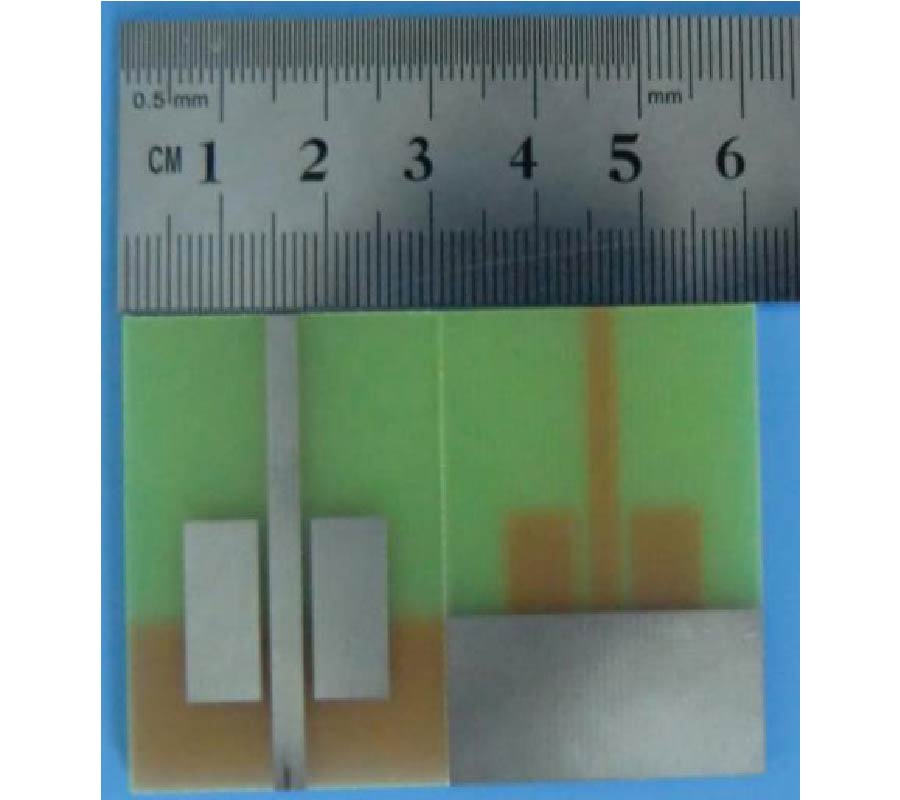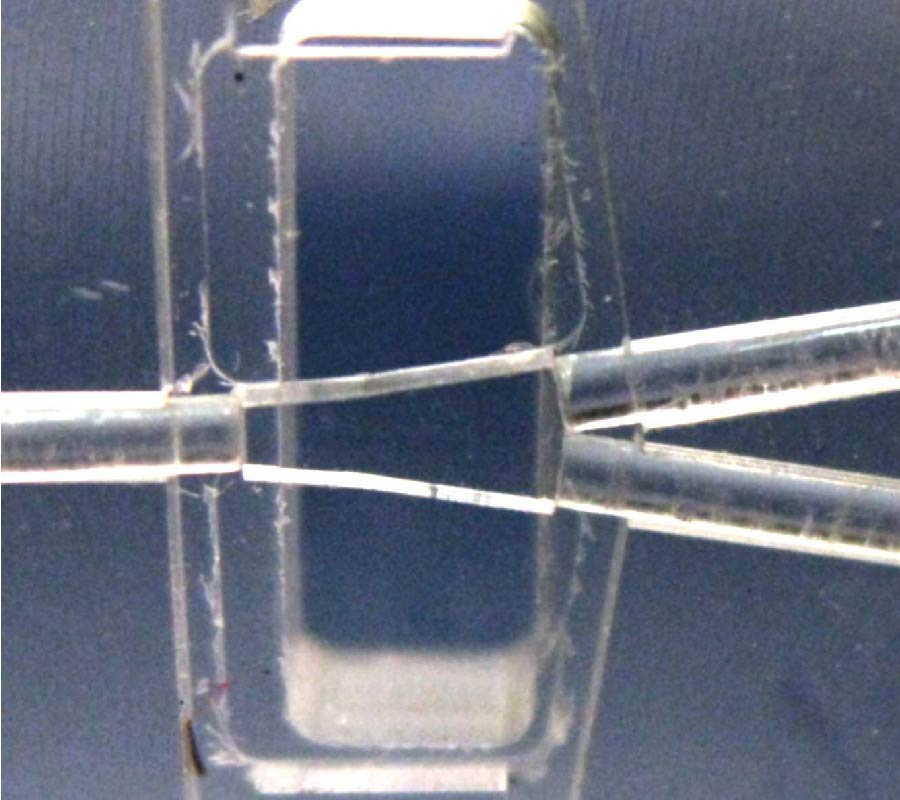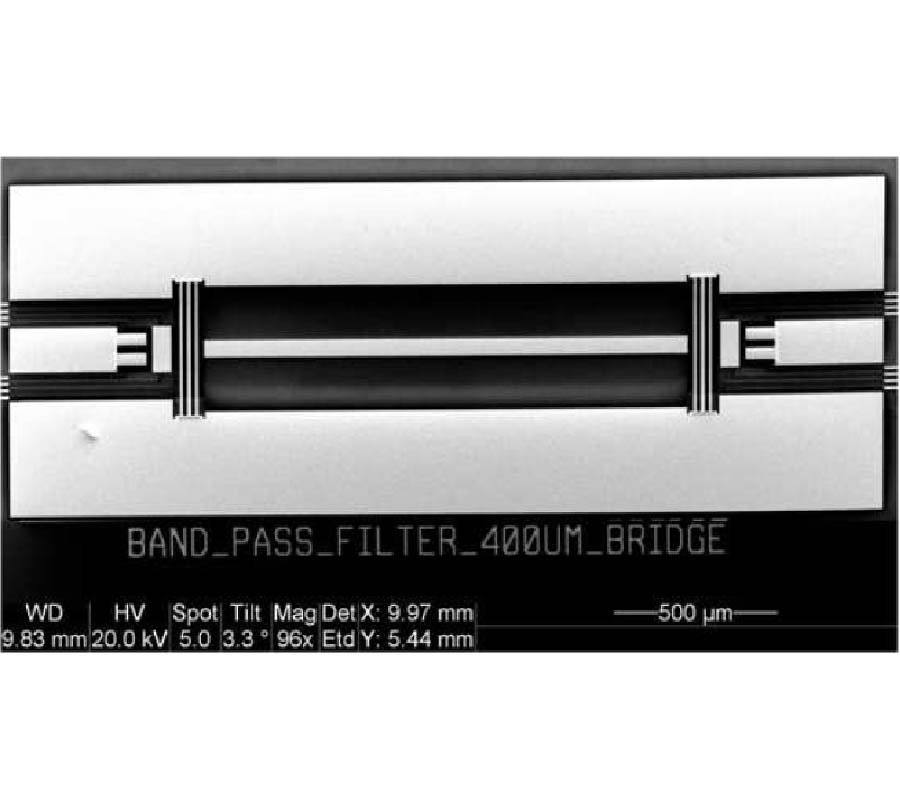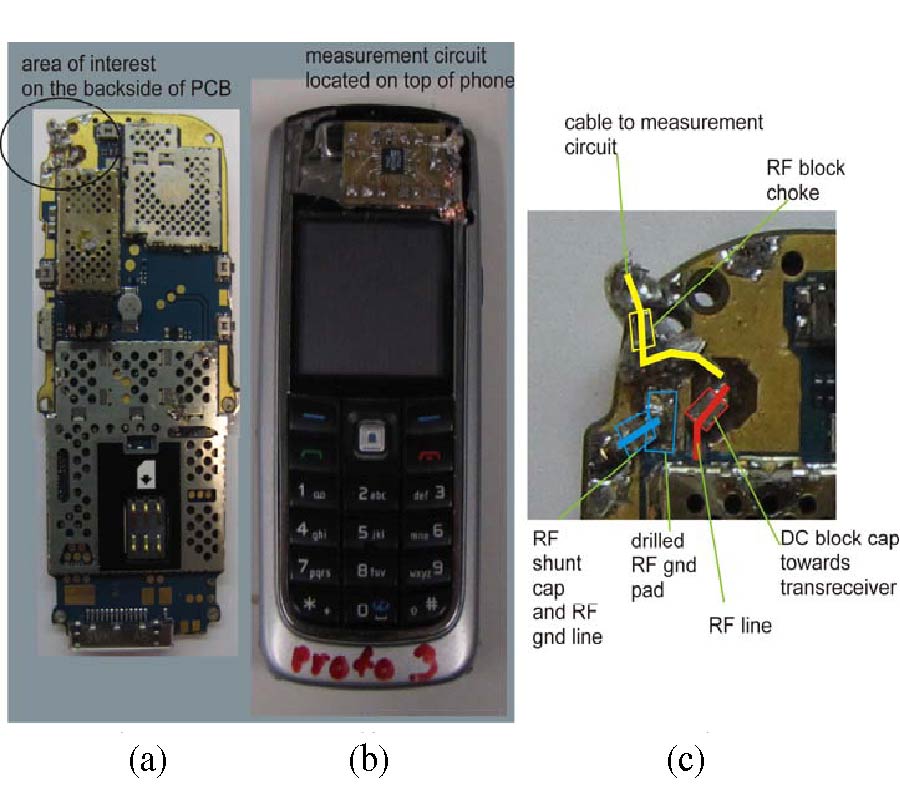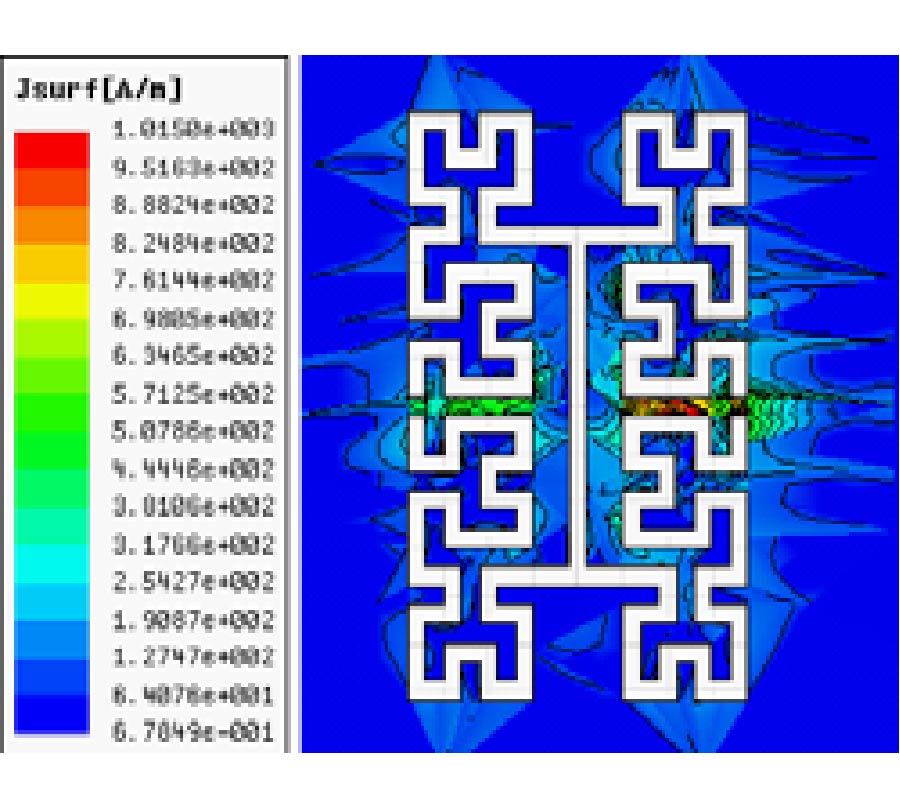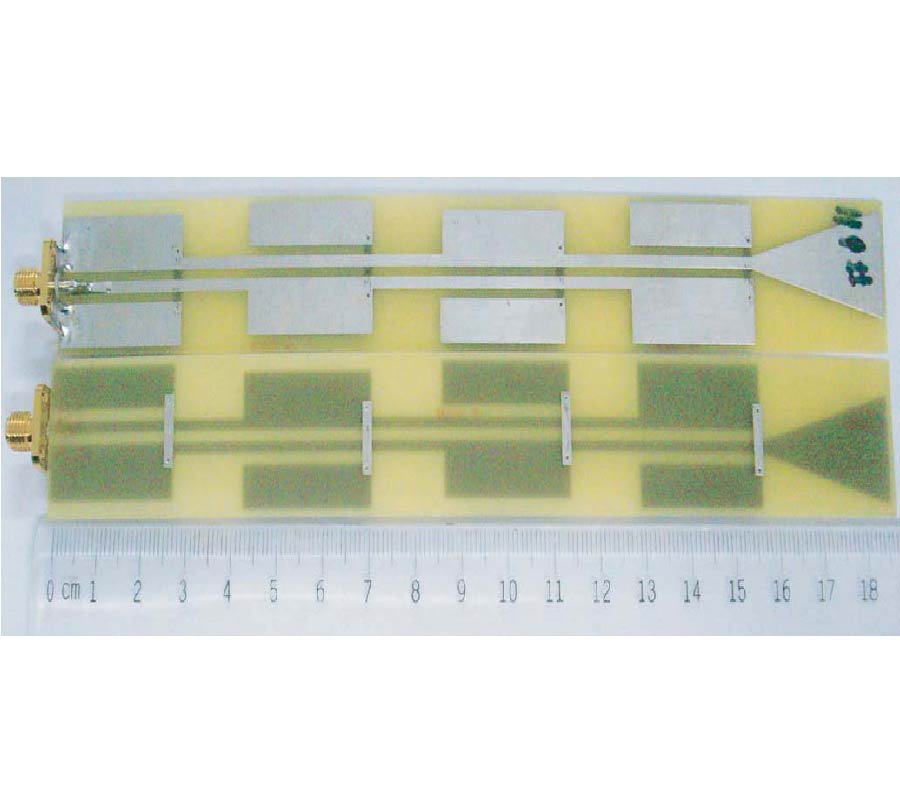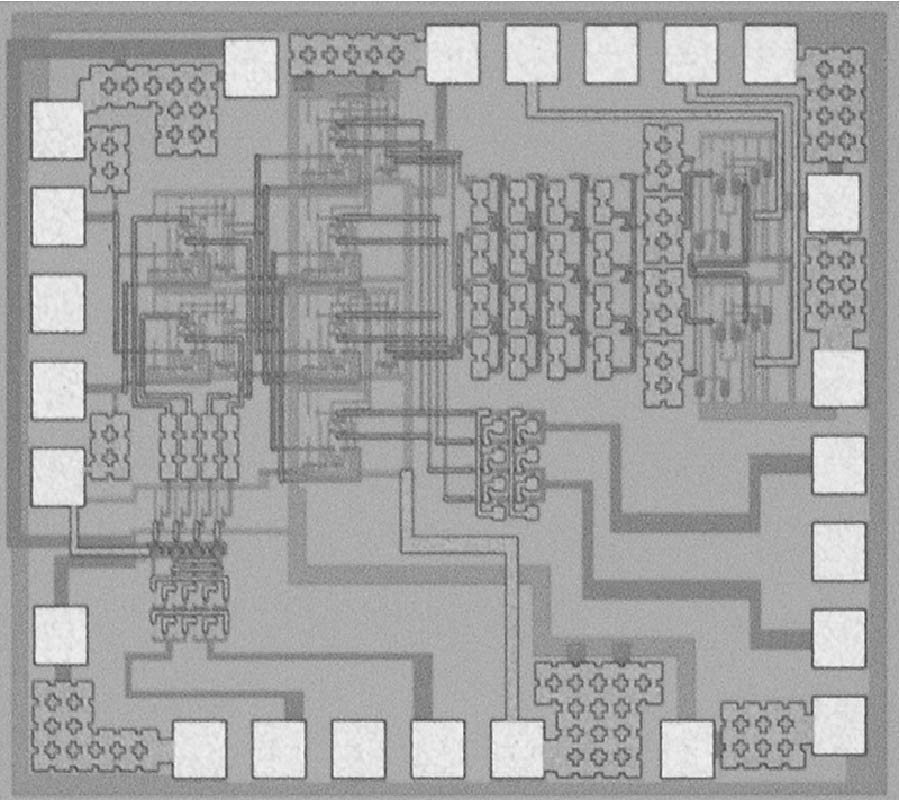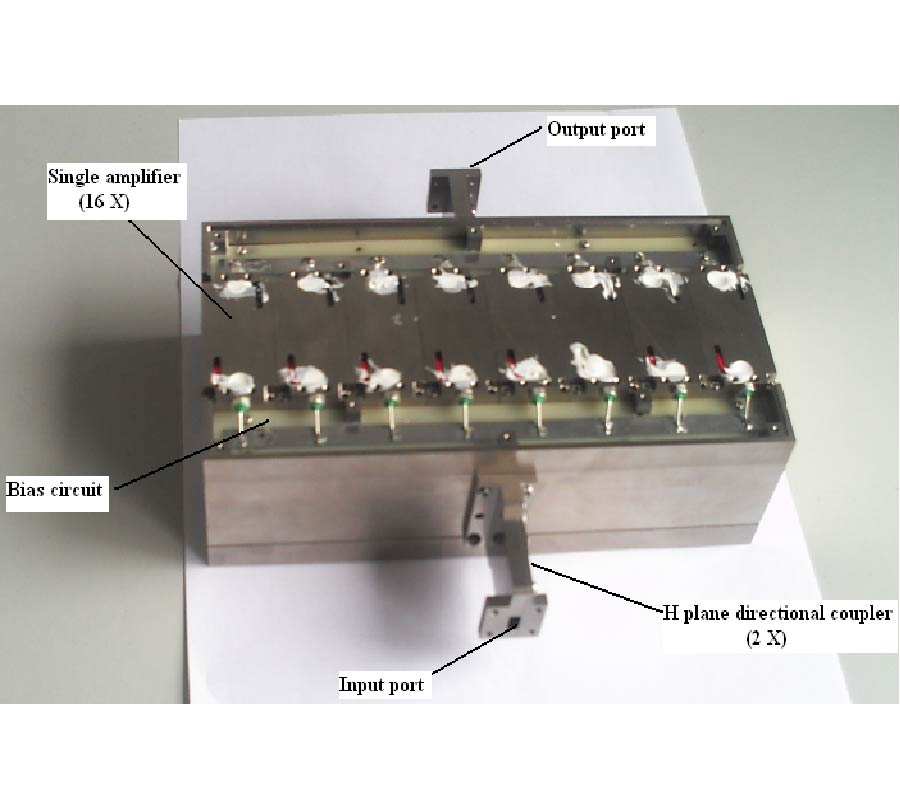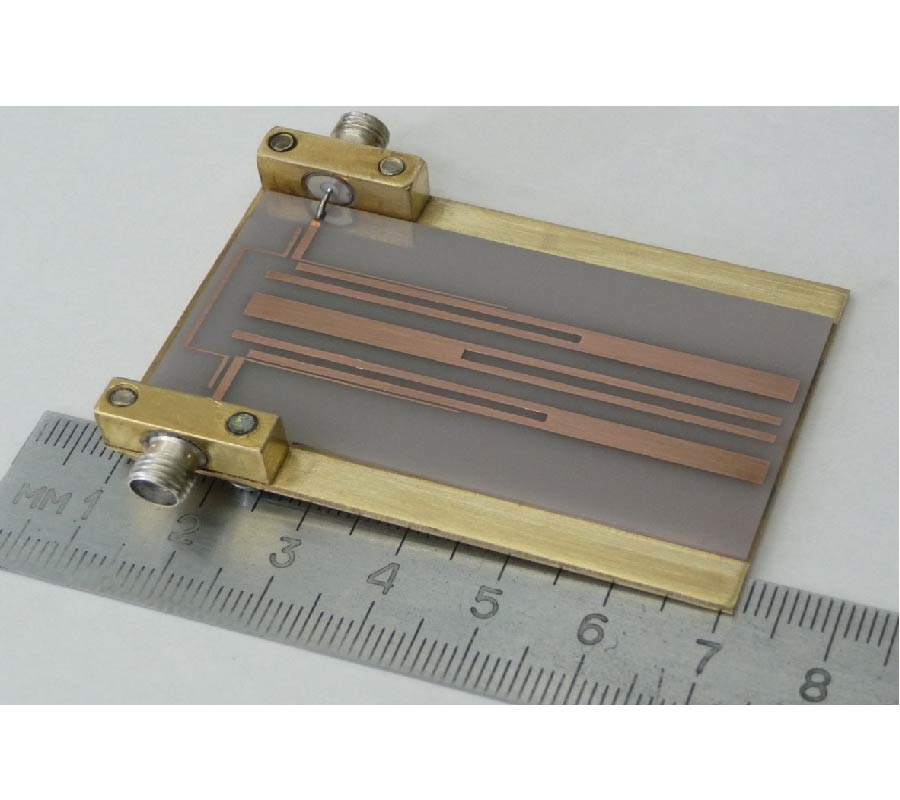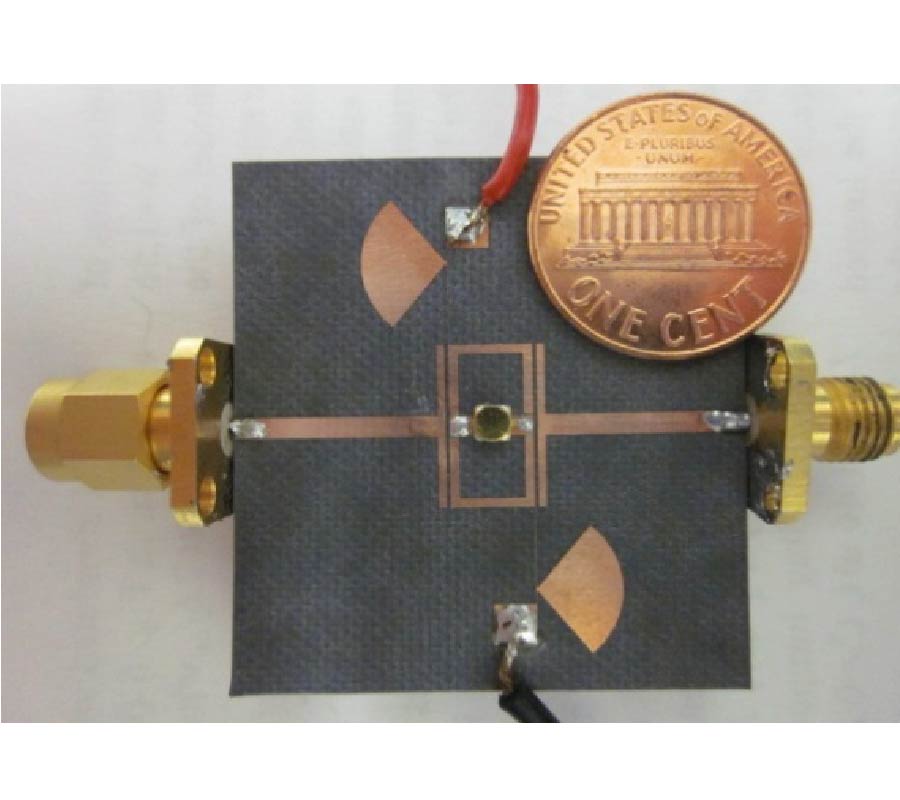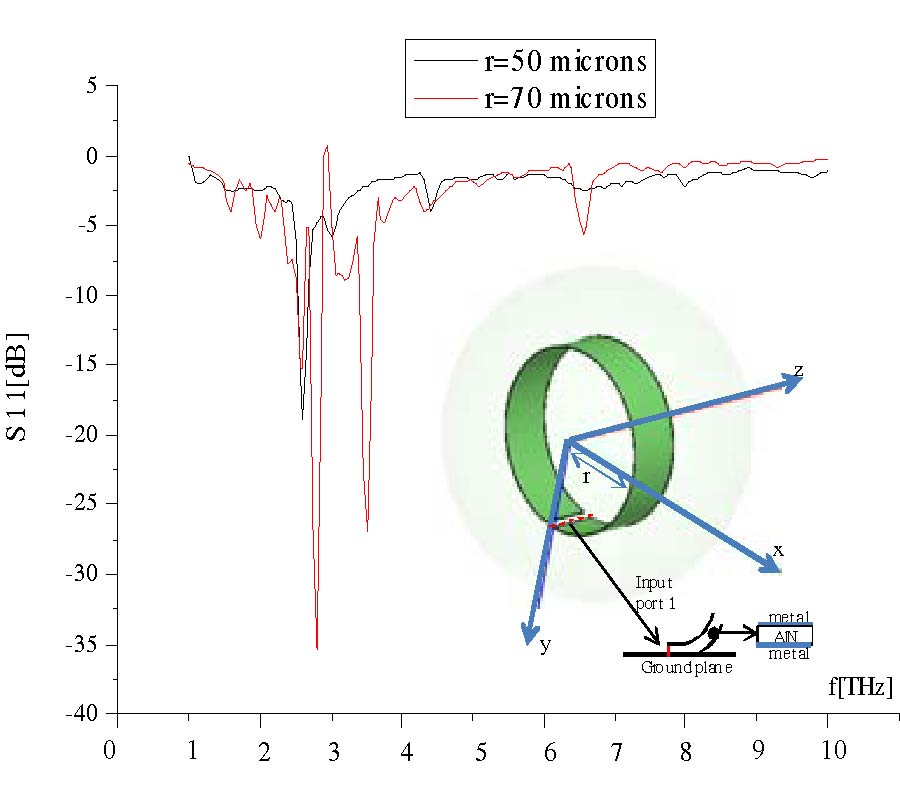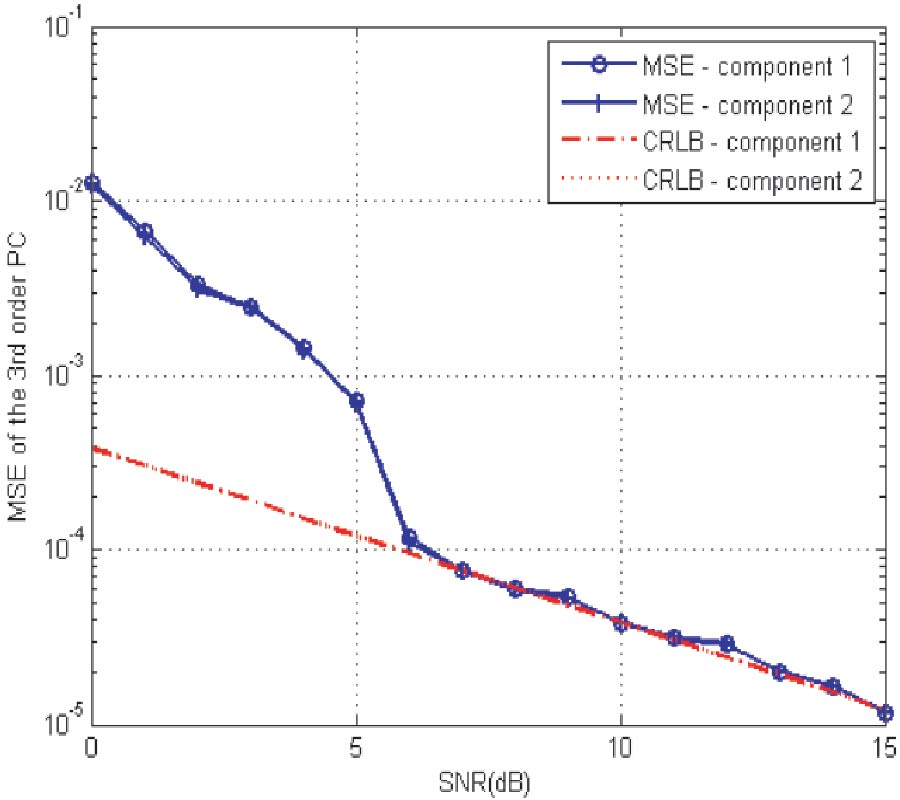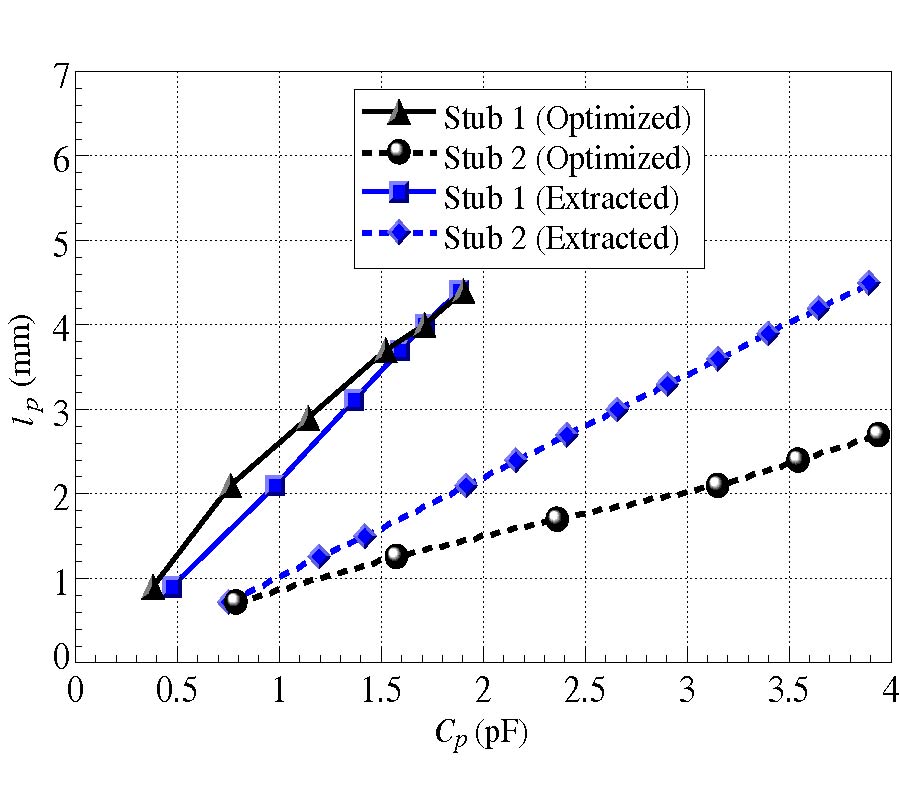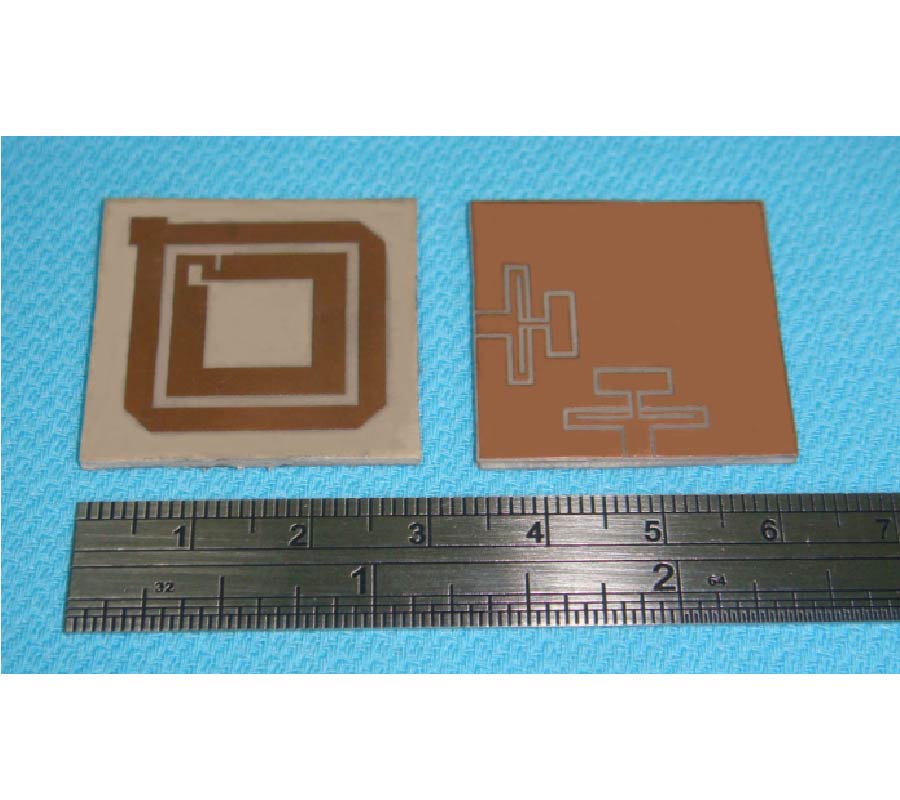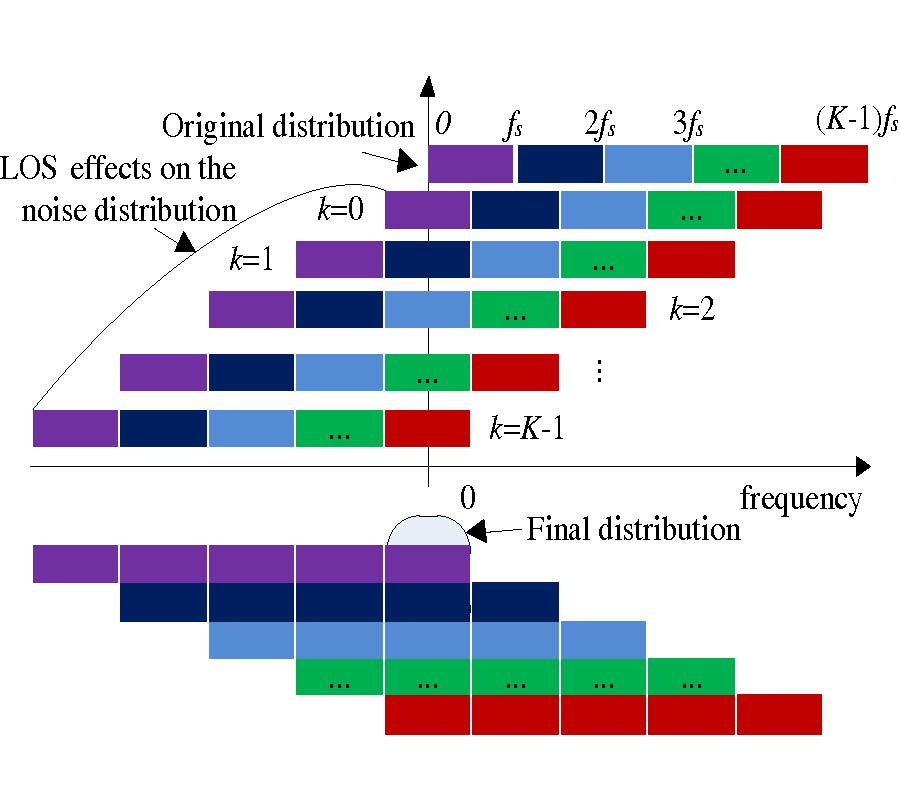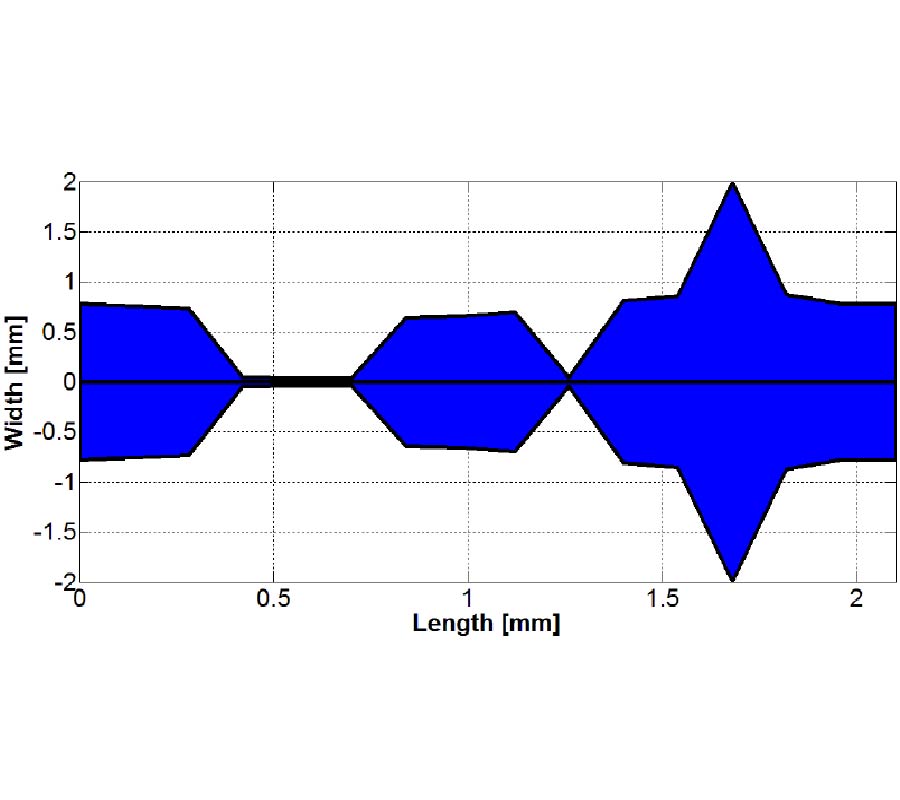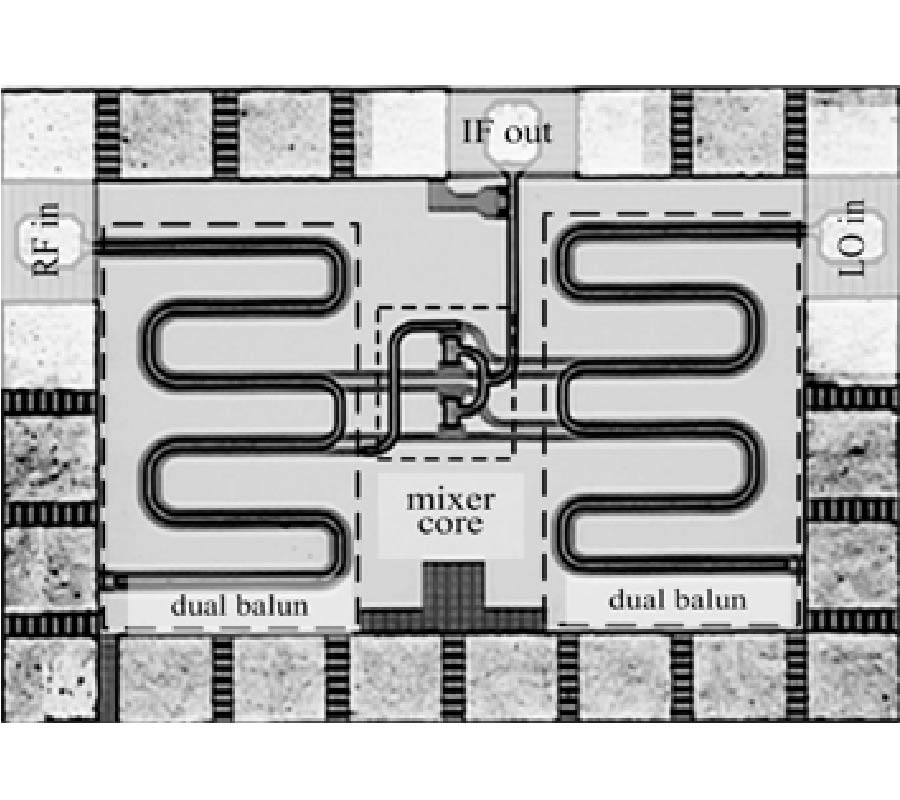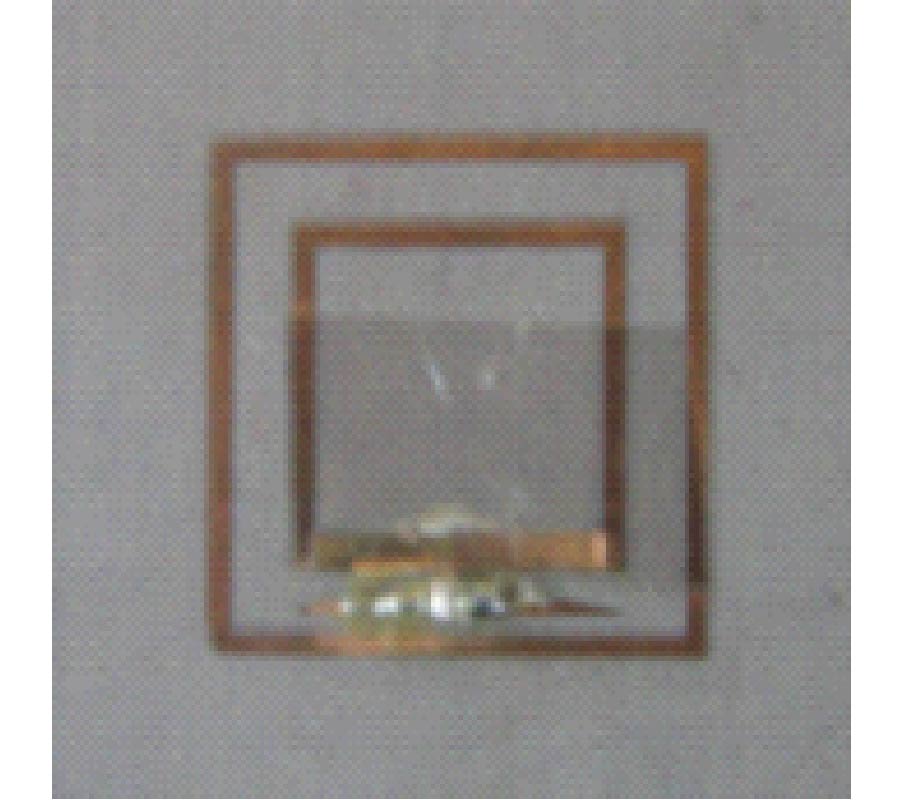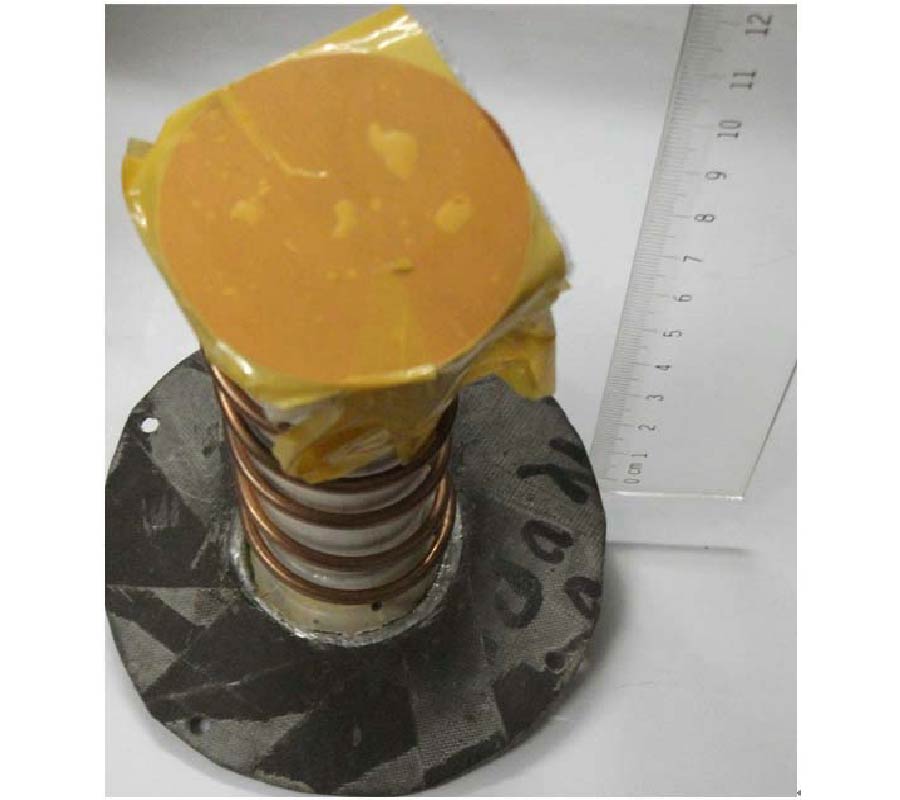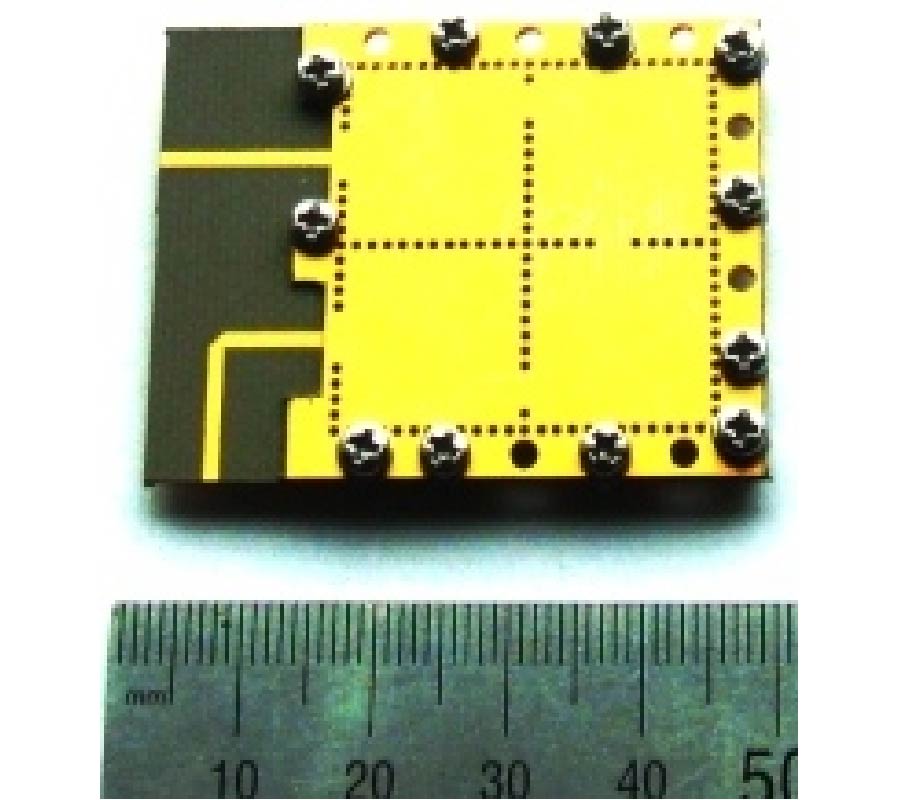2011-09-02 Latest Published
By Jia Chen
Shou-Tao Fan
Wei Hu
Chang-Hong Liang
Progress In Electromagnetics Research C, Vol. 23, 265-275, 2011
Abstract
A novel printed monopole antenna with a pair of parasitic patches for wideband operation is proposed and studied. With the use of parasitic patches along the microstrip feed line, a good performance of bandwidth enhancement is obtained. The measured impedance bandwidth, defined by voltage standing wave ratio (VSWR) ≤ 2, can operate from 2.3 to 6.2 GHz. A tri-band printed monopole antenna is created by introducing two notched bands in the wideband antenna. Etching an n-shaped slot on the radiating element and embedding a U-shaped parasitic strip on the bottom, two notched bands from 2.78 to 3.34 GHz and from 3.78 to 5.1 GHz are achieved. The measured impedance bandwidths of the tri-band antenna are 410 MHz (2.37-2.78 GHz), 440 MHz (3.34-3.78 GHz) and 1000 MHz (5.1-6.1 GHz), which can meet the bandwidth requirements of 2.4/5.2/5.8 GHz wireless local area network (WLAN) and 2.5/3.5/5.5 GHz worldwide interoperability for microwave access (WiMAX) standards. In addition, the proposed antennas have good omnidirectional radiation characteristics and stable gains over the whole operating bands.
